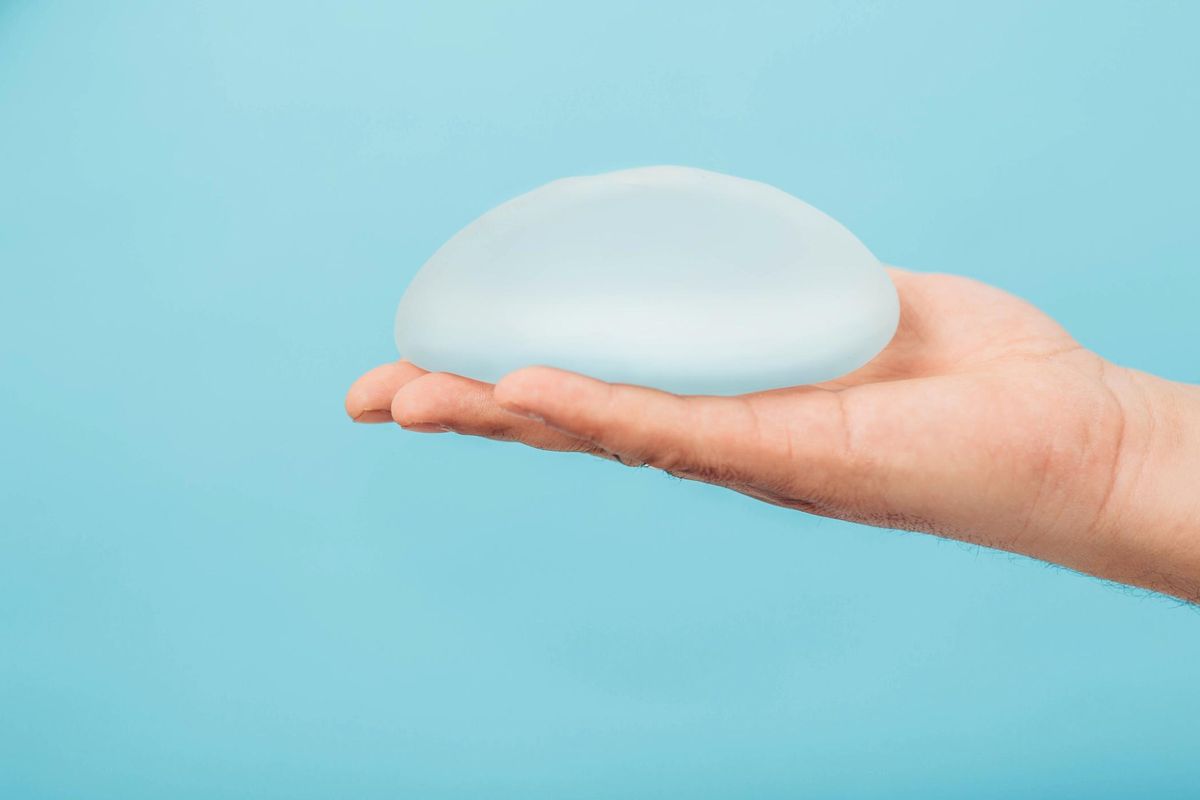You and your doctors have decided that the right treatment for your breast cancer is a mastectomy. But then comes the $64,000 question: Do you want reconstruction? There's a lot to consider when making the decision.
Use these questions to help you understand your options.
First decision: Should you do it at all?
Millions of women opt for reconstruction, and the numbers are increasing. The Agency for Healthcare Research and Quality (AHRQ) reported in 2017 that breast reconstruction after mastectomy rose 62% from 2009 to 2014, with 40% of women who underwent mastectomy opting for reconstruction.
There's also been a lot of research over the years that indicates that women who undergo reconstruction simply feel better, with improved psychological, social, emotional and functional improvements.
Second decision: Immediate or delayed reconstruction?
The pros of immediate reconstruction are obvious: You wake up with a breast or breasts, and you don't have to have another surgery (hopefully) when you might still be undergoing or recovering from treatment. One patient expressed that the psychological benefits of looking the same immediately after the surgery as she did going into the hospital were huge for her.
However, this method may not be an option for everyone. It works best for women in good overall health. It's also important that the reconstruction doesn't interfere with any cancer treatments, like radiation. That's why it's so important to involve all of your doctors. In spite of the risks, one study showed that even women who need post-mastectomy radiation are increasingly choosing immediate reconstruction.
Third decision: Flap (autologous) or implant (alloplastic)?
There are two types of reconstruction: flap or implant. This decision is one that must be closely made with your doctor because not everyone is a candidate for both methods. The flap-based, or autologous, approach is when the surgeon uses your own tissue to create a breast. One benefit to this approach is that there is nothing that can rupture later on, which can be a risk with alloplastic implants.
A con is that the tissue used for this method of reconstruction can come from your stomach, thighs, back or buttocks. So, you'll have pain in more than one area of your body after surgery.
If implants are an option for you and you choose to go that route, reconstruction can be done in one or two stages. Sometimes the implant can be inserted when you have your mastectomy. Otherwise, the surgeon will insert a tissue expander after the mastectomy. This is a silicone insert that is gradually filled with saline to stretch the skin. A few months later, the implant is placed.
You may want to consider that implants are not a permanent solution, and you may require additional surgeries to remove or replace them down the road. However, even a flap reconstruction could require additional surgery over time.
Fourth decision: Silicone or saline?
If you've made the decision to choose implants, you need to decide which type. Both shells are made of medical-grade silicone, but the saline implants are filled with sterile saline, while the silicone implants get their shape via a silicone gel insert. Like all of your options, each one has its pros and cons.
For example, many women (and doctors) think silicone has a more natural look and feel than saline, but saline implants are filled after they are placed, which often results in a smaller incision. No matter which type you choose, if the implant ruptures, the shell has to be removed. With a saline implant, the saline will be absorbed by your body. This is another decision to make together with your doctor.
Fifth decision: One breast or two?
Even if you've just had a mastectomy on one breast, you may want to get an implant on the other breast so they match in shape and size.
Keep in mind that you don't have to make all these decisions immediately. It's a good idea to focus on treatment first. But when the time is right, it's important to talk with your doctors about all options so you can find the one that is right for you.
This resource was created with support from The Allergan Foundation.






